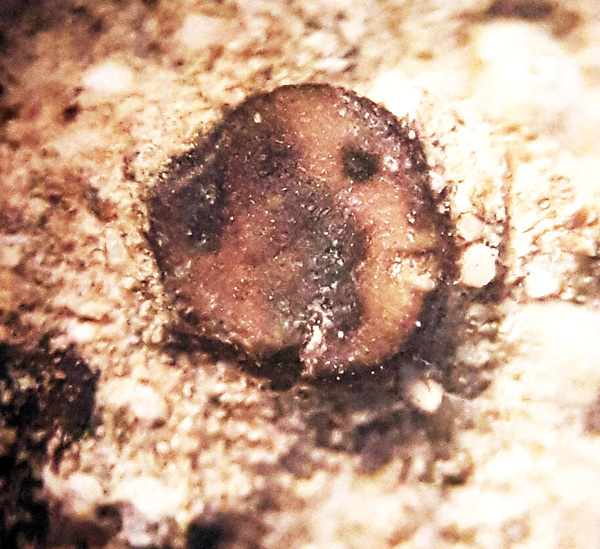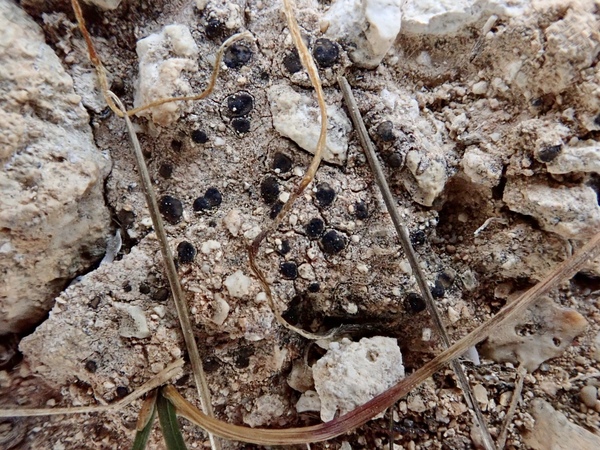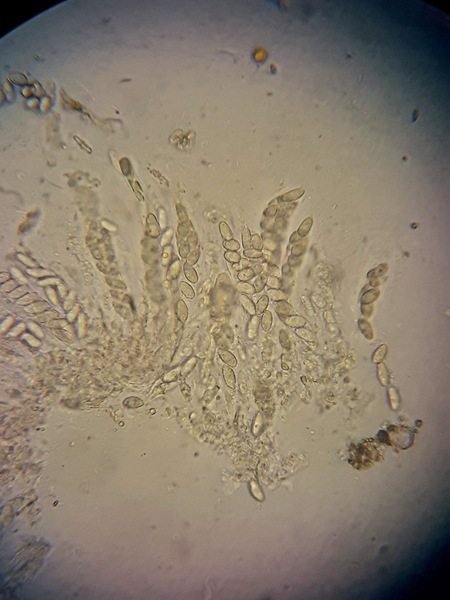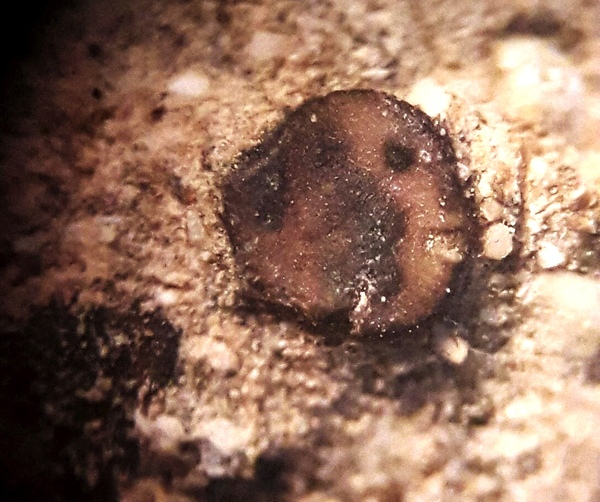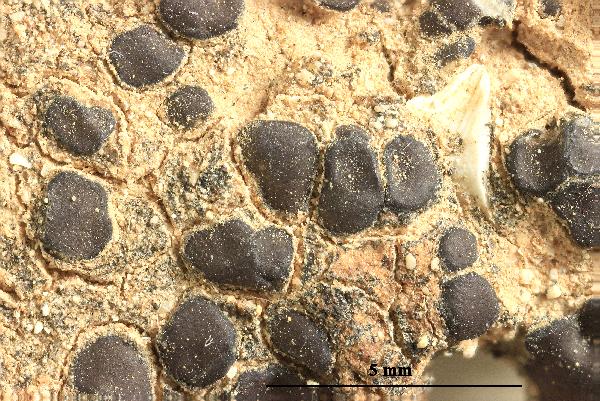Placidium tenellum (Breuss) Breuss
Ann. naturhist. Mus. Wien, 98B: 41, 1996. Basionym: Catapyrenium tenellum Breuss - Stapfia, 23: 126, 1990.
Synonyms:
Distribution: S - Si.
Description: Thallus squamulose, the squamules 0.7-2(-3.5) mm broad, 0.2-0.4 mm thick, medium to dark brown, dull, epruinose, mostly rounded at least when young, flattened, smooth, scattered to contiguous. Lower surface pale, but often darkening especially in central parts, attached by 3-4.5(-5) μm thick, colourless rhizohyphae. Upper cortex 45-100 μm thick, paraplectenchymatous, of 8-15 μm wide cells, with an up to 40 μm thick epinecral layer; medulla poorly developed, of globular cells intermixed with a few elongated cells; lower cortex poorly differentiated from the medulla, of 7-12 μm wide cells. Perithecia frequent, laminal, pyriform, up to 0.5 mm across, immersed in the squamules, without involucrellum. Exciple pale throughout; paraphyses absent, periphyses measuring 30-35 x c. 3.5 μm. Asci 8-spored, cylindrical, thin-walled, non-amyloid and without an ocular chamber, with uniseriately arranged spores, 65-75 x 10-13 μm. Ascospores 1-celled, hyaline, ellipsoid, thin-walled, 11-15 x 5-7.5 μm. Pycnidia multilocular, Dermatocarpon-type, black, laminal, immersed. Conidia ellipsoid to subcylindrical, 3-4 x 1.5 μm. Photobiont chlorococcoid. Spot tests: cortex and medulla K-, C-, KC-, P-, UV-. Chemistry: without lichen substances.Note: a widespread but rare species of dry, very open Mediterranean grasslands and garrigues on calcareous substrata, extending eastward to Mongolia.
Growth form: Squamulose
Substrata: soil, terricolous mosses, and plant debris
Photobiont: green algae other than Trentepohlia
Reproductive strategy: mainly sexual
Commonnes-rarity: (info)
Alpine belt: absent
Subalpine belt: absent
Oromediterranean belt: absent
Montane belt: absent
Submediterranean belt: absent
Padanian area: absent
Humid submediterranean belt: absent
Humid mediterranean belt: absent
Dry mediterranean belt: rare

Predictive model
Herbarium samples
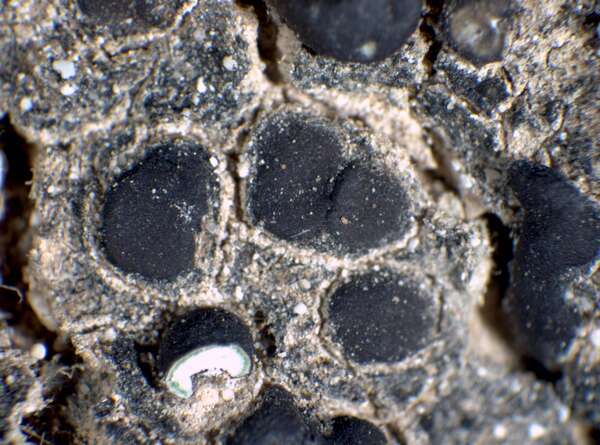

P.L. Nimis; Owner: Department of Life Sciences, University of Trieste
Herbarium: TSB (31323)
2001/11/22
Growth form: Squamulose
Substrata: soil, terricolous mosses, and plant debris
Photobiont: green algae other than Trentepohlia
Reproductive strategy: mainly sexual
Commonnes-rarity: (info)
Alpine belt: absent
Subalpine belt: absent
Oromediterranean belt: absent
Montane belt: absent
Submediterranean belt: absent
Padanian area: absent
Humid submediterranean belt: absent
Humid mediterranean belt: absent
Dry mediterranean belt: rare

Predictive model
| Herbarium samples |


 INDEX FUNGORUM
INDEX FUNGORUM
 GBIF
GBIF
